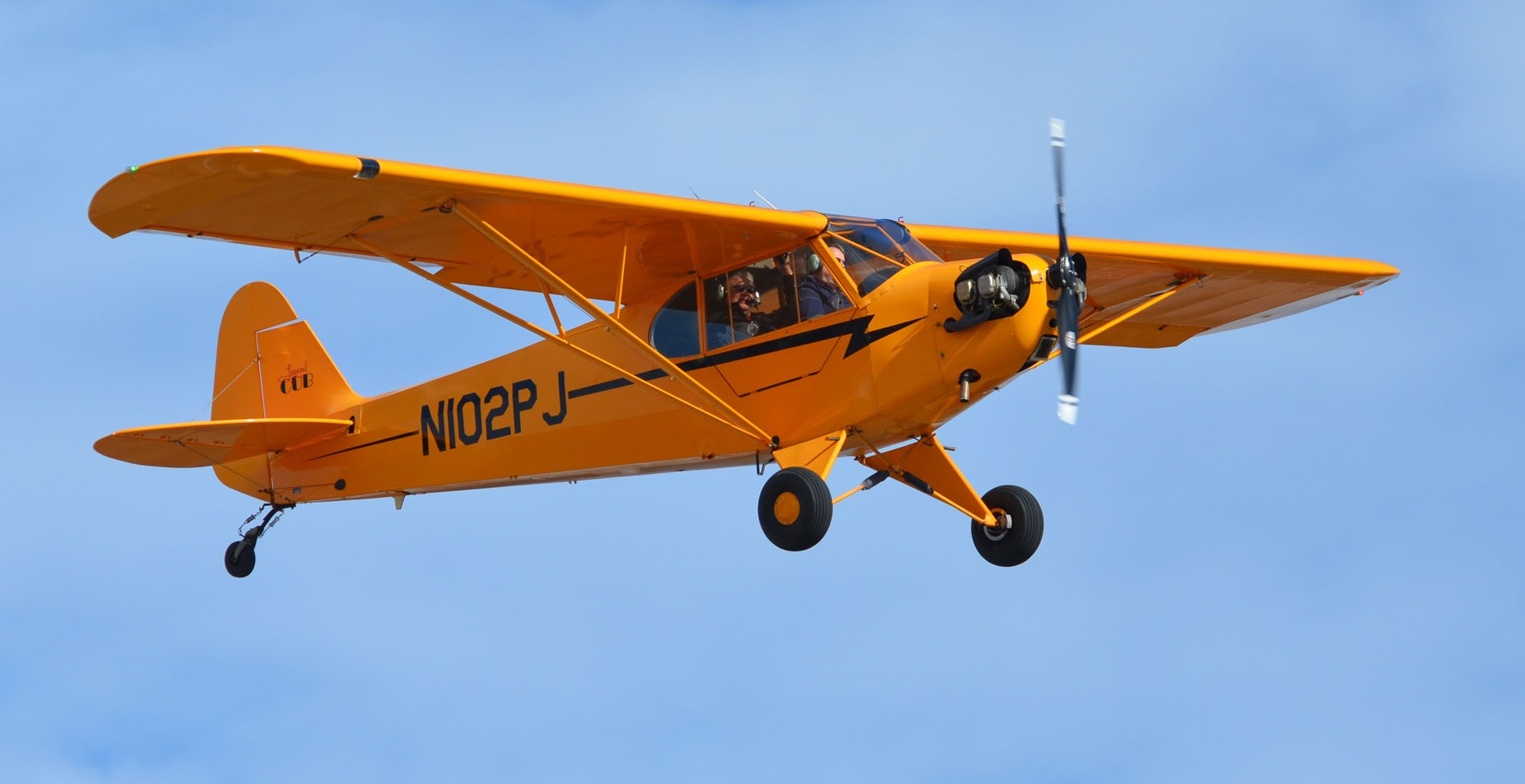A light sport aircraft, is any certificated aircraft (such as Experimental, Special-Light Sport, Primary category and Standard category), that meet the following definition:
- A maximum takeoff weight of not more than
- 660 pounds (300 kilograms) for lighter-than-air aircraft;
- 1,320 pounds (600 kilograms) for aircraft not intended for operation on water; or
- 1,430 pounds (650 kilograms) for an aircraft intended for operation on water.
- A maximum airspeed in level flight with maximum continuous power (VH) of not more than 120 knots CAS (138 mph) under standard atmospheric conditions at sea level.
- A maximum never-exceed speed (VNE) of not more than 120 knots CAS (138 mph) for a glider.
- A maximum stalling speed or minimum steady flight speed without the use of lift-enhancing devices (VS1) of not more than 45 knots CAS (52 mph)at the aircraft’s maximum certificated takeoff weight and most critical center of gravity.
- A maximum seating capacity of no more than two persons, including the pilot.
- A single, reciprocating engine, if powered.
- A fixed or ground-adjustable propeller if a powered aircraft other than a powered glider.
- A fixed or autofeathering propeller system if a powered glider.
- A fixed-pitch, semi-rigid, teetering, two-blade rotor system, if a gyroplane.
- A nonpressurized cabin, if equipped with a cabin.
- Fixed landing gear, except for an aircraft intended for operation on water or a glider.
- Fixed or repositionable landing gear, or a hull, for an aircraft intended for operation on water.
- Fixed or retractable landing gear for a glider.

